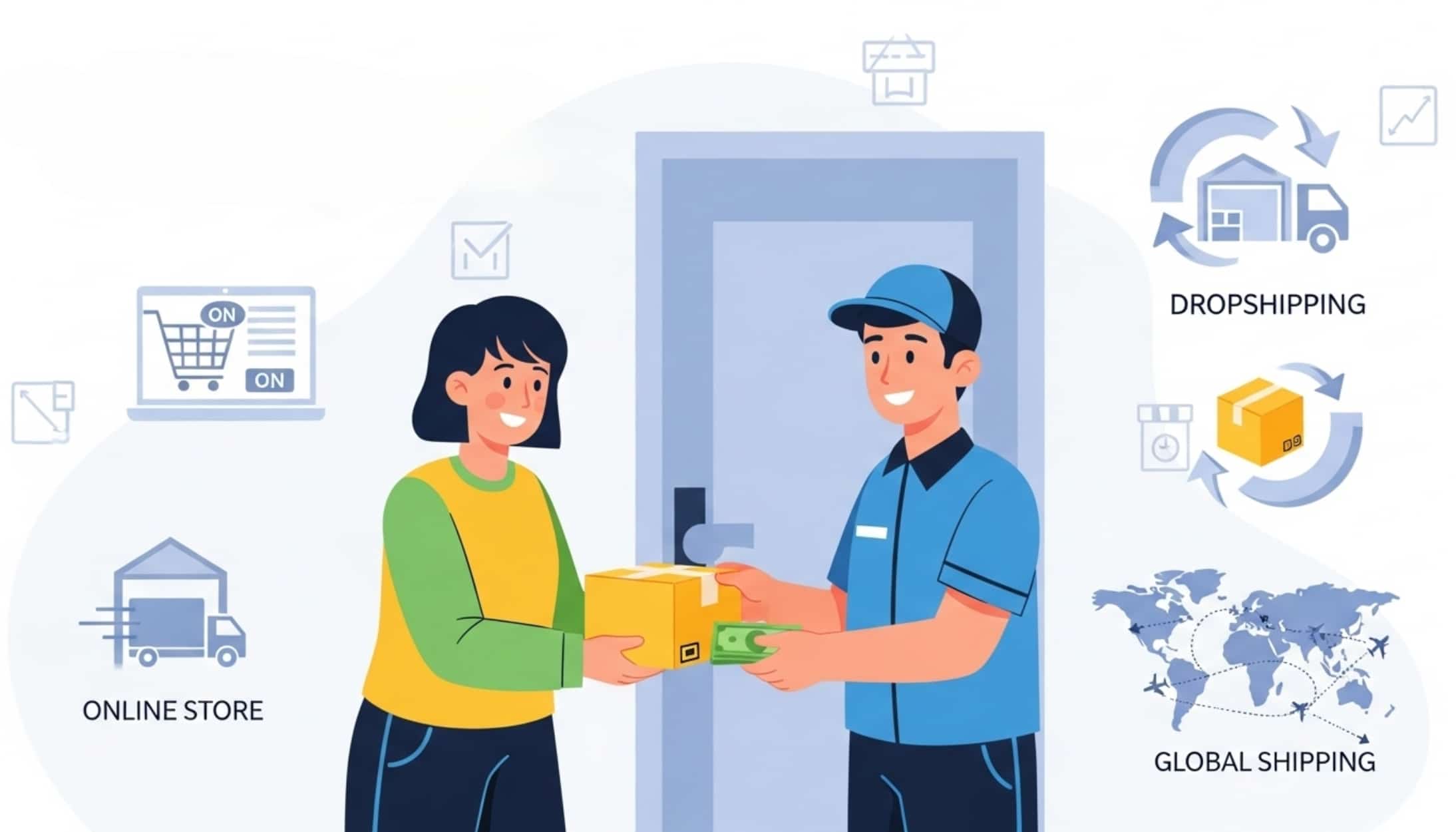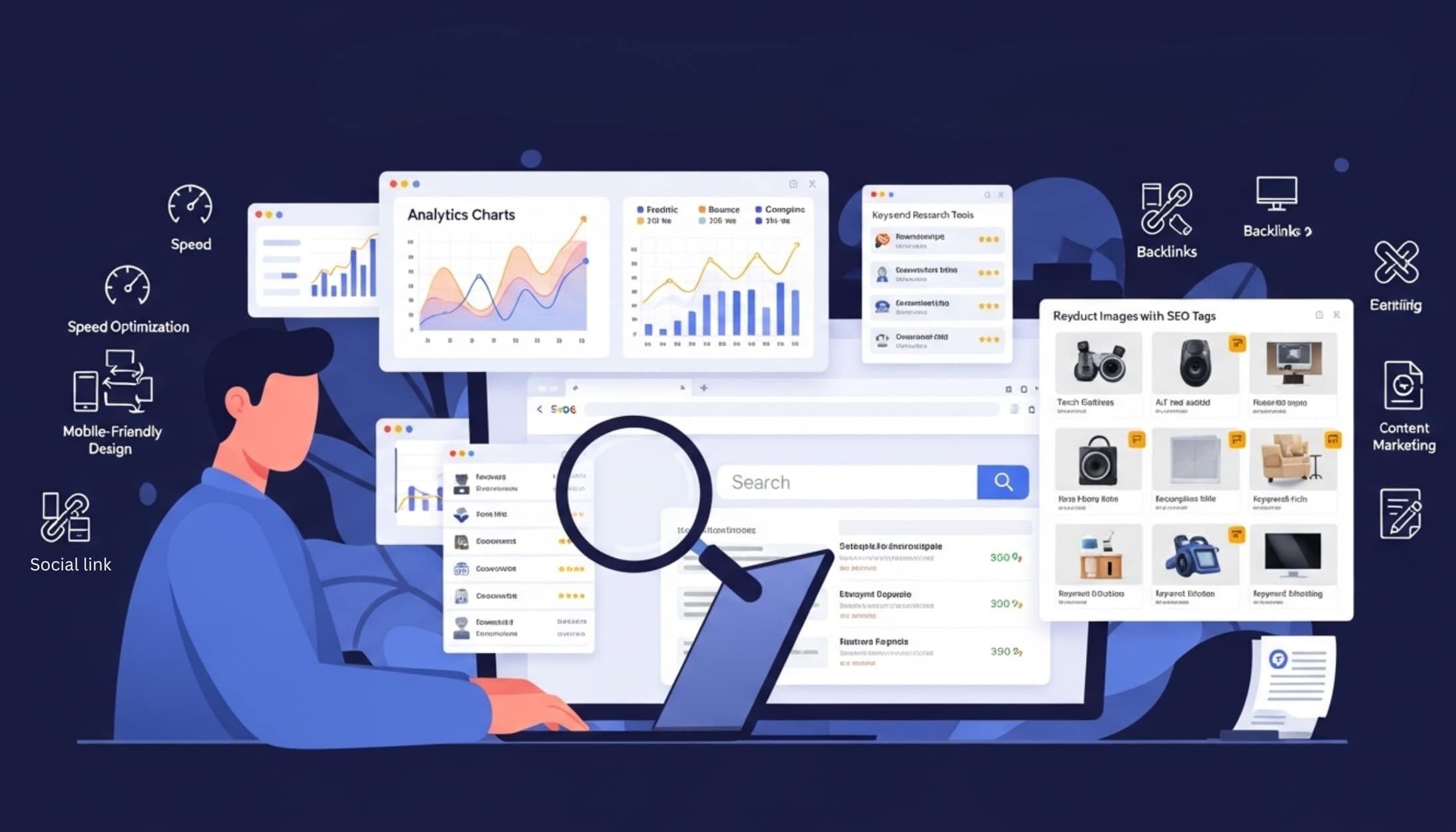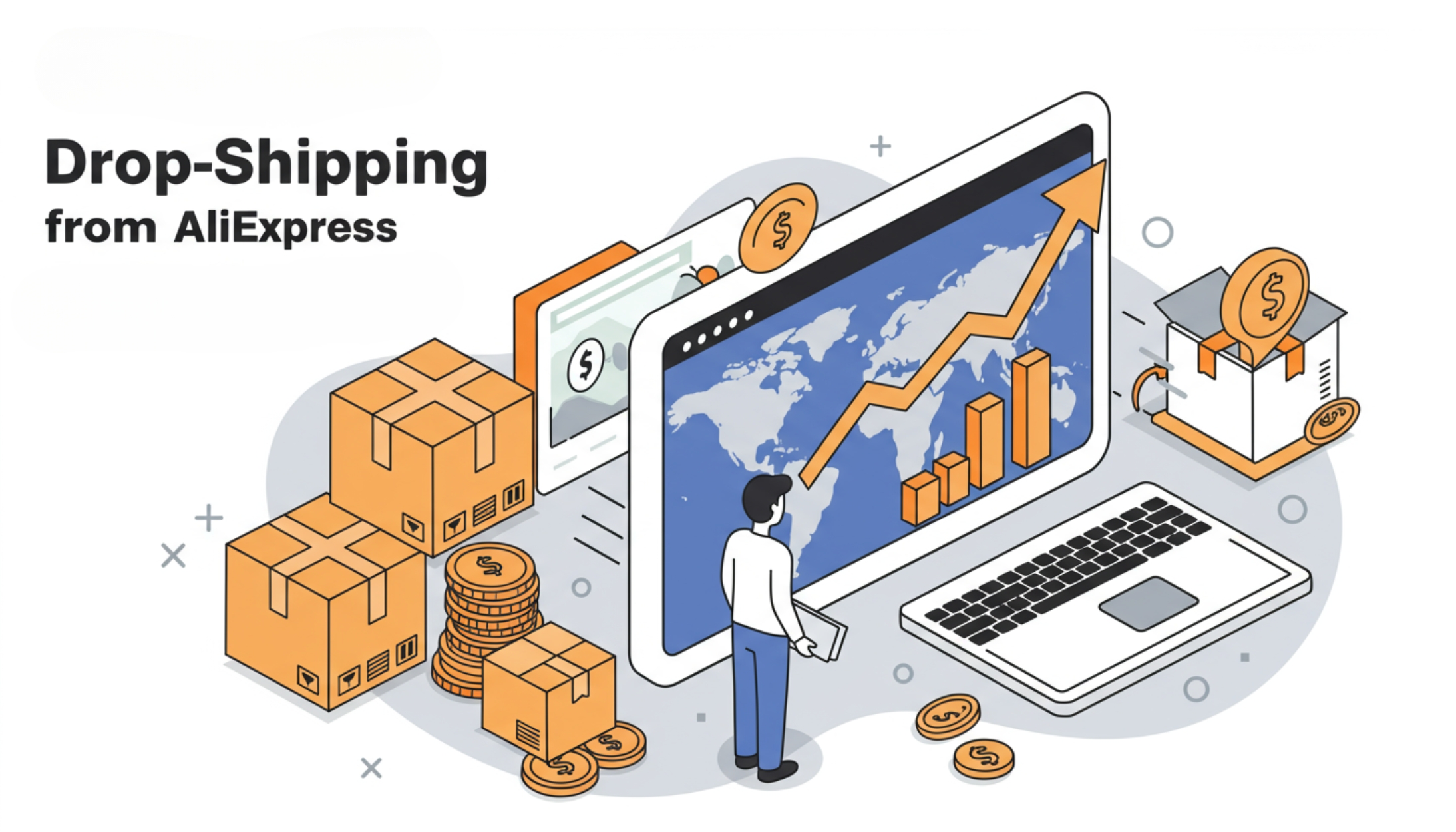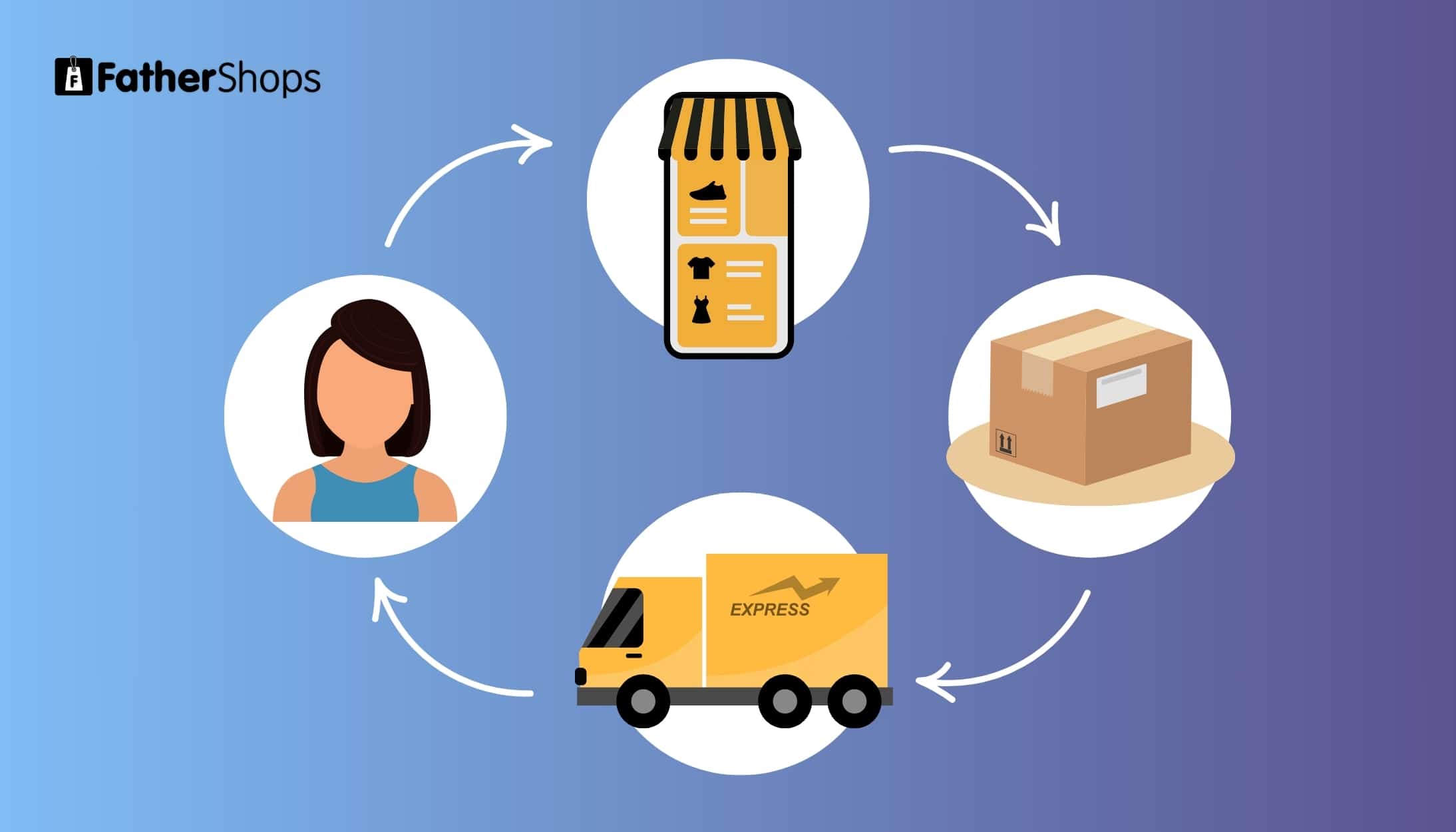Cash on Delivery (COD) is one of the most requested payment methods, especially in markets where trust in online payments is low. Offering cash on delivery dropshipping can increase your sales, reach cautious customers, and build greater credibility for your store. But how do you offer COD in a dropshipping business model, and what should you watch out for? This detailed guide explains the process, pros, cons, and best practices for success.
What Is Cash on Delivery (COD) in Dropshipping?
Cash on Delivery means your customers pay for the product at the time of receiving it, not while checking out. In dropshipping, this requires coordination between your online store, your suppliers, and your shipping partners or couriers. Instead of payment being handled by an online gateway, cash (or digital payment at delivery) is collected when the order arrives at the customer’s doorstep.
This adds an extra layer of trust—critical for first-time buyers and markets with low credit card penetration.
How Cash on Delivery Dropshipping Works: Step-by-Step
- Customer Places an Order: The shopper browses your online store, adds products to the cart, chooses “Cash on Delivery” at checkout, and submits the order.
Tip: Clearly communicate “COD available” on your site to boost conversions. - Order Confirmation: You (the merchant) review and confirm the order in your store’s admin panel.
- Supplier Processing: You forward order details to your dropshipping supplier. Let them know this is a COD order and confirm they will offer it (not all suppliers accept COD!).
It’s crucial to partner with suppliers experienced in handling COD orders. - Product Shipping: The supplier packs the item and ships it via a logistics company that supports COD—many major couriers in India, the Middle East, and select global markets offer this service.
- Delivery & Payment Collection: The courier collects payment (cash, QR code, POS, etc.) from the customer when handing over the package.
- Payment Settlement: The courier deducts their service fees, then transfers the remaining payment to the supplier or directly to you, depending on arrangements.
This settlement can take a few days to a week. - Order Completion: All parties (you, supplier, courier) receive their share, closing the transaction.
Setting Up Cash on Delivery in Your Dropshipping Store
- Choose a Platform That Supports COD: Leading ecommerce platforms like Fathershops and WooCommerce let you enable COD via their payment settings.
Third-party apps help manage advanced COD features, such as location-based or order-amount restrictions. - Partner with COD-Friendly Suppliers or Fulfillment Partners: Not all dropshipping suppliers or agents offer COD. Research and reach out to those who do, such as several India-based and Asian suppliers. Confirm details like remittance timelines, minimum order values, and their relationship with couriers.
- Integrate With Courier Services That Handle COD: Work with shipping partners who support COD collection and remittance. Many major couriers (Delhivery, Blue Dart, Ecom Express, etc.) offer this.
- Configure COD Fees and Conditions: To offset risks and extra courier charges, you can set a fixed COD fee, restrict COD to certain regions or order amounts, or limit COD for first-time buyers. State these rules clearly on your product and checkout pages.
- Promote COD Availability: Clearly advertise COD as an option on your site’s banners, product pages, and FAQ to encourage customers who distrust online payments.
- Monitor and Manage Orders: Manually confirm COD orders, screen for fraud, and follow up if needed. Many stores call or WhatsApp customers to confirm COD orders before dispatch.
Best Practices for Cash on Delivery Dropshipping
- Vet Your Buyers: Confirm suspicious or high-value orders to avoid fraud and minimize non-deliveries.
- Limit COD Value: Set a maximum order value for COD to avoid major losses from failed delivery or returns.
- Communicate Clearly: Clearly describe COD terms (fees, order value caps, area coverage) on your store and at checkout.
- Collect Accurate Addresses: Use software or manual verification to ensure the delivery address is complete and correct.
- Track Returns: Monitor failed deliveries and returned items—try to minimize these with confirmations and reminders.
- Work with Reliable Partners: Choose suppliers and couriers with a good COD track record; payment delays or mismanagement can harm your cash flow.
Pros & Cons of Cash on Delivery Dropshipping
| Pros | Cons |
|---|---|
|
|
FAQs
- Q: Can I offer COD dropshipping if I use global suppliers?
- Not all global suppliers support COD, but it’s common with Asian and local suppliers. Confirm with the supplier and logistics company before promising COD to your customers.
- Q: Is COD risky for dropshipping?
- COD introduces risks like increased returns and the possibility of uncollected payments. Limit risk by confirming orders, setting order value caps, and choosing trusted partners.
- Q: Do I need special apps or plugins for cash on delivery dropshipping?
- You can enable basic COD in Fathershops or WooCommerce, but third-party plugins provide advanced controls (like fees, zoning, verification, reporting).
Conclusion: Is Cash on Delivery Worth It for Dropshipping?
Implementing cash on delivery dropshipping can be a game-changer, especially in emerging markets or among spending-wary shoppers. It will expand your customer base, break payment trust barriers, and help scale your online store. However, be prepared to manage the additional risks and operational steps that come with COD.
If approached strategically—by choosing the right partners, setting order value restrictions, and screening risky orders—you can harness the full sales potential of this popular payment method.
Test COD alongside prepaid payment methods, track your numbers, and fine-tune your approach for sustainable dropshipping growth.





